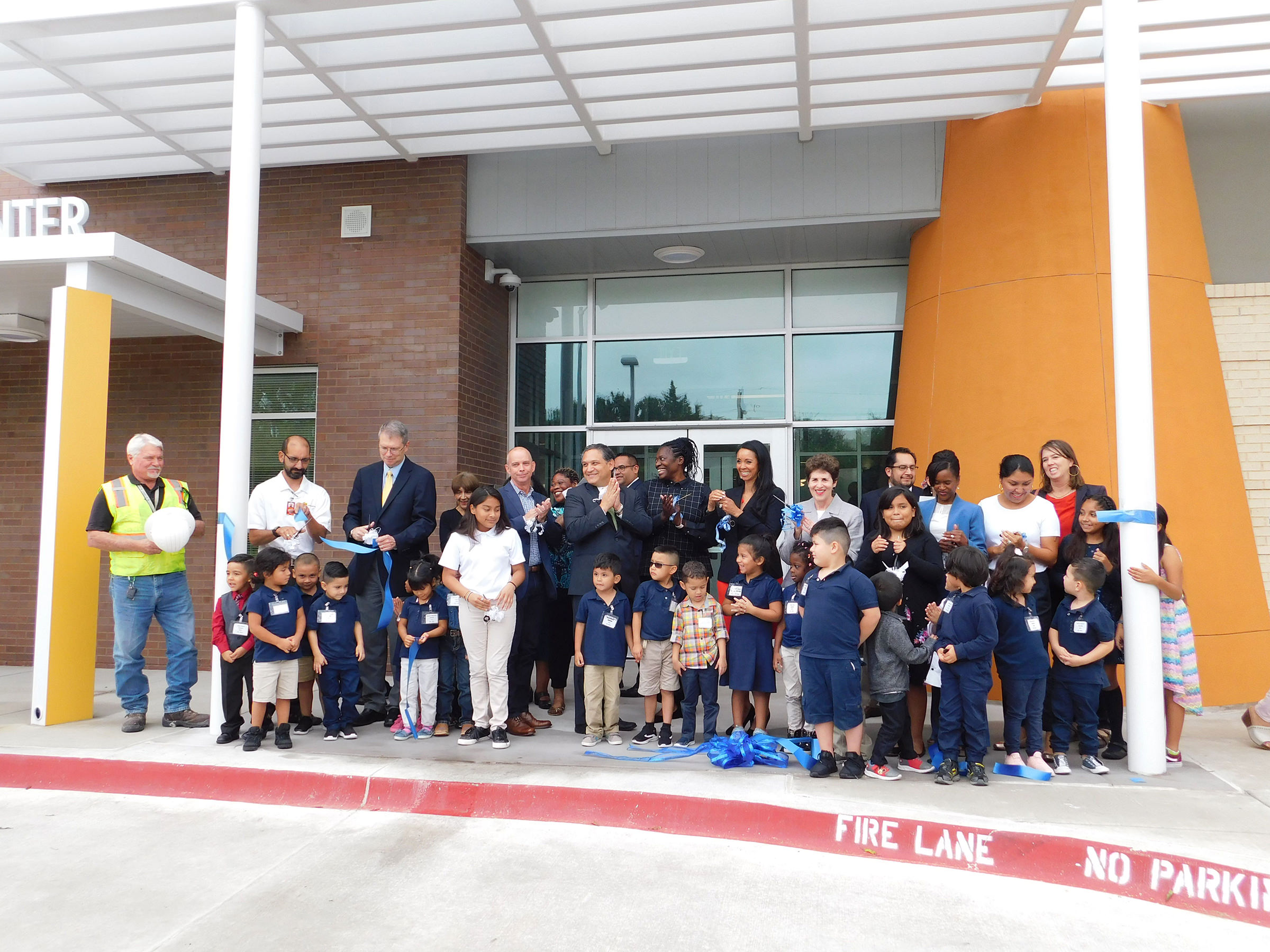
08.22.2019



DISD in partnership with BRW Architects created this critical opportunity for early learners at the Anne Frank Early Childhood Center. Monica Ramirez, DISD Director of Early Learning, and Anne Hildenbrand, AIA, ALEP, LEED AP BD+C, BRW Architects Associate Principal recently presented their expertise at the Association for Learning Environments International Conference. Students age 3 and 4 can experience early childhood learning where color, light, and play are celebrated at the Dallas ISD Anne Frank Early Childhood Center. BRW Architects partnered with Dallas ISD to program the district’s first of its kind Early Childhood Center– a standalone facility on a shared campus with an existing elementary school.
This post explores the challenges of implementing an early childhood program on an existing public-school campus and demonstrates how design in education facilities enhances early cognitive learning.
BENEFITS OF EARLY CHILDHOOD LEARNING
Studies have shown that the earlier children learn the more likely they succeed later in life. Most of our brain development happens before age 5. In other words, waiting until Kindergarten to start teaching our kids is already too late. Public Early Childhood Centers give underserved students the opportunity for free public education as early as three years old. Outdoor play, indoor play, flexible space, distributed dining, and connection to the outside are integral to providing a positive early learning experience.
• Student outcome results clearly show improvement in reading scores for students that have attended Dallas ISD PreK. These kids are now more likely to stay in school and attend college.
• Parent Involvement at an early age helps diminish inequality caused by word gap, enhances social-emotional development, and strengthens early critical brain development which in turn at the elementary school age results in decreases of disciplinary referrals. It also increases reading and math scores, self-control, and attention span. These early life skills continue to benefit the individual through adulthood.
IMPACTFUL FEATURES OF AN EARLY CHILDHOOD LEARNING FACILITY
• Community identity
• Flexible space
• Color, Daylight and Views
• Indoor play
• Outdoor play
• Family-style dining
Community Identity
Parents need to feel welcome so they will feel empowered to be involved and participate in their child’s education. The Early Childhood Learning Facility becomes a community beacon and a pipeline for involvement in their child’s education for a lifetime. Parental access to flexible spaces and conference rooms is key. These spaces should accommodate the enhanced programming offered by the school such as computer use, book checkout for the family, and parent volunteer meetings. Both the school garden and classrooms should be accessible to the parents for them to feel ownership in their child’s education. Enhanced flexibility of the spaces enhances the use of the facility and fosters a community approach.
Flexible Spaces
Two of the eight classrooms are Flex Classrooms located at the front of the school just outside the main secure lobby. These learning spaces are separated by a movable partition that also serves as an organic display wall that changes with the developing program and when opened and transforms the two standard sized classrooms into a large adaptable space. Glass partitions from the corridor create more open views and opportunity for informal observation. These Flex Classrooms’ location, size, and flexibility make them great multipurpose spaces that can be used for community outreach, indoor play, and future communal dining. In lieu of built-in cubbies and storage cabinets, the school district opted to use moveable furniture. The student tables are rearranged frequently for small group collaborative learning. Storage systems are on wheels and can move throughout the day depending on the need. Backpacks are hung on hooks in the corridor just outside the classrooms in lieu of fixed cubbies inside the classrooms. This keeps the distraction and the congestion out of the classroom. First thing every morning the kids hang up their backpacks outside the classroom, get what they need out of them ahead of time, and are ready to go when they enter the classroom. The corridors are oversized and spill out into the multiple indoor play areas. In the play areas, we implemented another one of the CHPS (Collaborative for High Performance Schools) program criteria which is to have signage describing the sustainable aspects of the facility. This allows the building to function as its own user guide that teachers can reference to explain to the students and visitors alike how the building works. Meaningful spaces and applications throughout the facility allow learning to happen everywhere, whether it’s formal or informal.
Color and Light
The classroom should provide a nurturing learning environment where kids feel safe. The use of color and light are critical in accomplishing this goal. At Anne Frank Early Childhood Center, a “kiva” was created as a place to rejuvenate and retreat that also serves a reading nook for small groups. The kiva is orange and has natural light spilling into it from a diffused skylight that dims depending on the brightness of the sun. It is comfortable and inviting and uses the color orange to evoke feelings of enthusiasm, excitement, and warmth.
Daylighting and Views create an indoor-outdoor connection and enhance learning. CHPS Design was implemented as a strategy to enhance these qualities. The number of windows, the orientation of the windows, shading devices, and dimmable LED light fixtures reduce the glare and optimize the amount of daylight into each learning space including the indoor play area. The amount of daylight provided throughout decreases the need for electric light. However, not only is the building saving energy, but the natural light is also improving learning by allowing the student’s bodies more effectively regulate their sleep/wake cycle. The kids get a better night of sleep and are more alert in the classrooms.
Indoor and Outdoor play
Providing multiple outlets during the day for social interaction and physical movement is another key factor in the development of an early learner, and for that matter, it is also needed by adults. Multiple indoor and outdoor play areas address this need which is a critical program element. The indoor play areas are extensions of the corridors and have direct access to the outside. The lines between indoor and outdoor are blurred with the amount of daylight that spills into the space and the views to the outside. Material finishes intentionally change to demark spaces and the strategic use of recessed cushioned flooring provides a safe environment for learners to tumble and explore. In addition to the indoor play spaces, three outdoor playgrounds are provided; a secure garden, a small covered playground, and large covered playground to provide multiple options for outdoor exploring.
Family Style Dining
How the kids would be fed was one of the top challenges to solve early on in programming. The center serves two half-day sessions; morning and afternoon with overlap at lunch for the three-year-olds and a full-day for the four-year-olds Since the new center shares a site with an existing school, it made sense to take advantage of the resources at the existing facility and not duplicate services that could be shared. This would also maximize usage of the site and allow for future growth. After numerous discussions with DISD Early Learning and Food & Child Nutrition, it was decided that the existing elementary school kitchen could be used to prepare the food for the Early Childhood Center. The two schools now share the kitchen and service court and are connected by a covered walkway that provides direct access from the elementary school kitchen to the Early Childhood warming kitchen. This way the food will be fresher by allowing it to be prepared in the adjacent elementary school kitchen and warmed and plated in the warming kitchen rather than having prepackaged food delivered to the center from a satellite food service facility. The warming kitchen includes ample storage and electrical service for warming carts, prep surfaces, and a three-compartment sink. From the warming kitchen, the food is brought directly to the individual classrooms allowing the kids to eat “family style”.
Ms. Ramirez brought forth the following research concerning the benefits of “family style” dining: The Institute of Medicine’s 2011 Early Childhood Obesity Prevention Policies cites family-style dining as a way for child care providers to practice “responsive feeding,” which includes letting children serve themselves and having adults sit and eat with children to model eating, give guidance on serving sizes, and demonstrate listening to hunger and fullness cues. Children who participate in family-style dining are more attuned to their natural hunger and satiety cues, are more likely to try new foods and are more likely to make healthier choices when seeing these choices modeled for them. It involves sitting at the same table with young children, in small groups, with the children serving themselves when possible, and eating together with adults while sharing pleasant conversations.
Family Style Dining promotes:
o Social Skills: Children learn to say, “please” and “thank you.” They learn to ask for what they need, wait patiently, and take turns. It also prevents behaviors that increase the possibility of arguments, taking someone else’s food, stuffing food into the mouth, potential choking, and playing with food.
o Language and vocabulary development: Children learn the names of new foods and adults can model complex language about the size, color, texture, taste, and smell of foods. Meals are also a natural time for conversations about interests and ideas.
o Conversations about interests and ideas: Establishes warm relationships between children and their peers.
o Hand-eye coordination: Children learn to handle dishes and utensils.
o Decision-making and problem-solving: Children decide what to eat, how much to eat, and how to express their wants and needs. It allows children to see adults making healthy choices. This is an excellent opportunity to model these important lifelong behaviors.
Recent Legislation and Impact on School Districts
The school finance reform bill Texas House Bill 3 passed unanimously both in the Senate and House in May of 2019. Part of the bill covers state funding of full-day pre-K for eligible four-year-olds.
Before this bill was passed, Dallas ISD offered free full-day Pre-K for eligible three and four-year-olds. Eligible children include kids that meet one of these requirements: low income, homeless, foster care, or whose parents are in the US armed forces. Now that the state will fund the program, DISD will have additional money to reallocate elsewhere. Implications for DISD are as follows:
• Continue to lead the state in offering full-day PreK4
• Expect to continue to expand PreK3 and PreK Partnerships. Such partnerships may involve DISD teachers teaching in local accredited childcare facilities.
• Exploring options for before- and after-school
With this recent change of state-funded full-time pre-K, we have already seen the impact that this will have on not only Dallas ISD, but other school districts for future additional early childhood learning facility needs and resources.
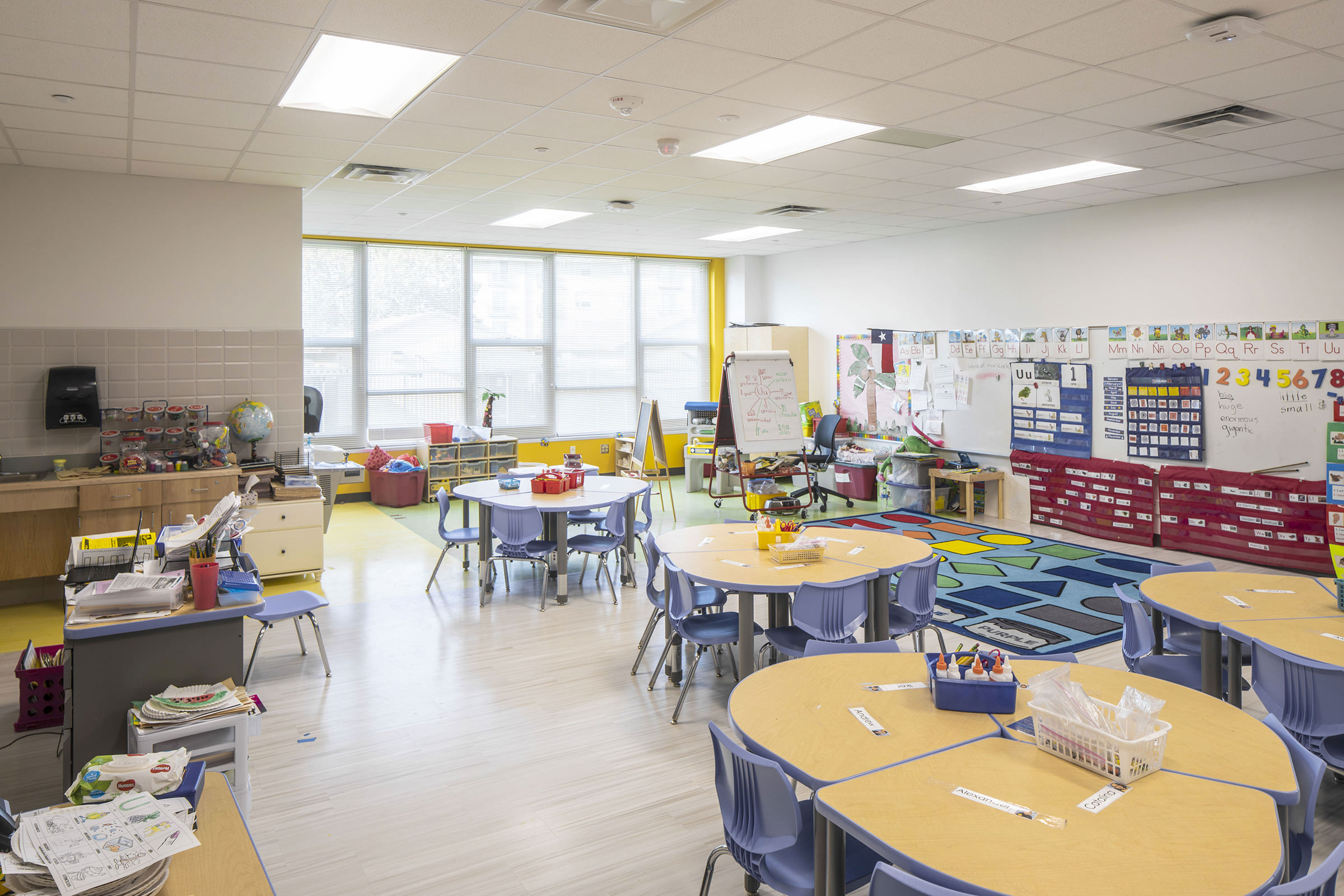

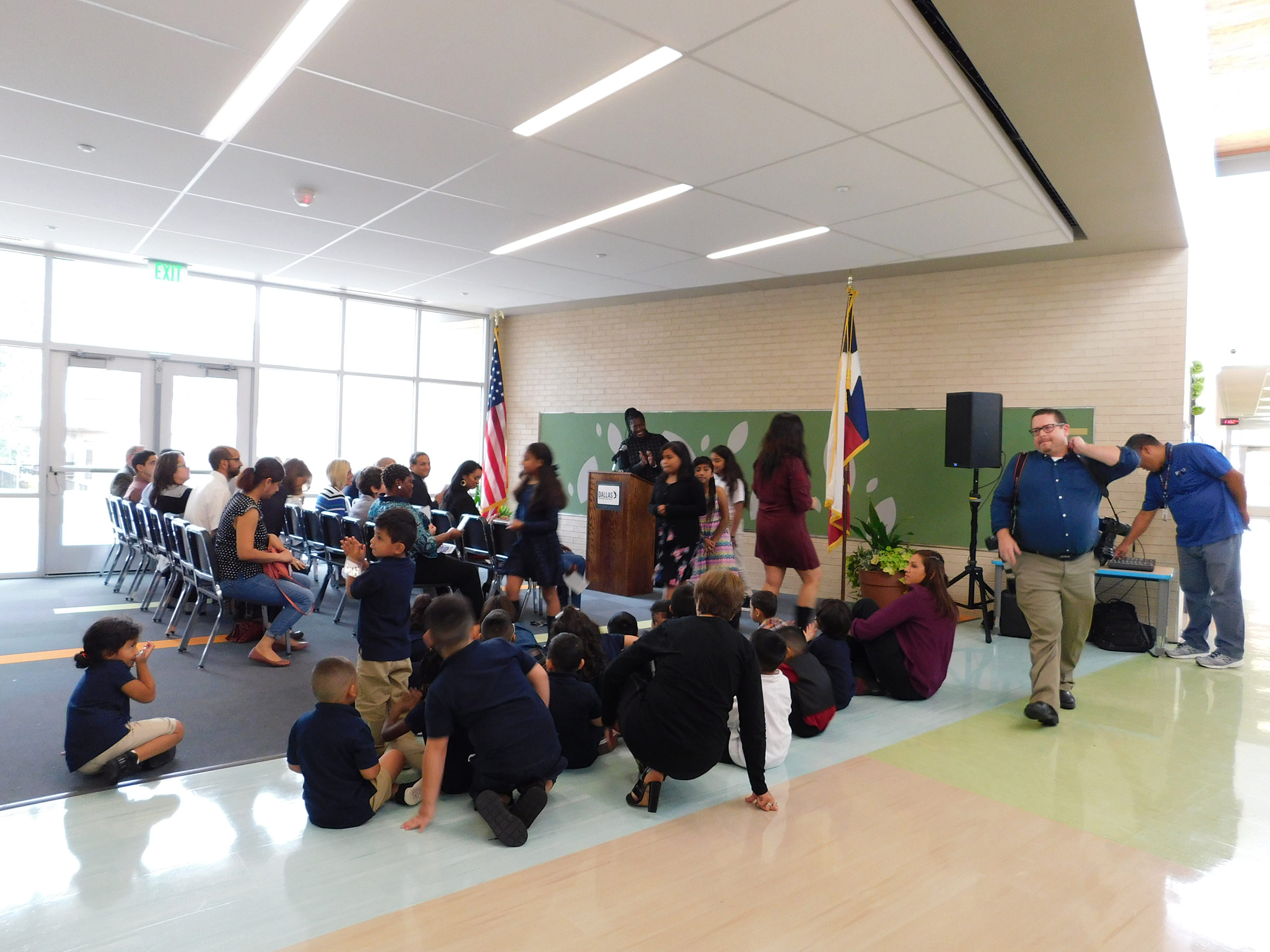


2023 Texas Fire Chiefs Association Annual Conference
March 20-23, 2023
Waco, TX
Attending is: Peri Sutton, Traci Anderson, Stephen Hilt, and Ray Holliday
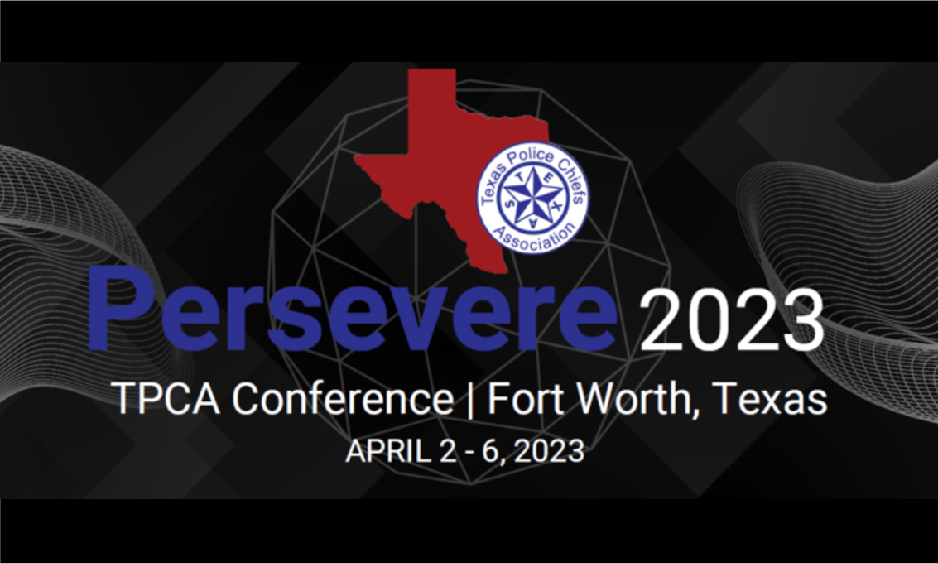
2023 Texas Police Chiefs Association
April 2-6, 2023
Fort Worth, TX
Attendees: Garrett Barker, Peri Sutton, Fred Clifford, Justin Dreyer, Stephen Hilt, and Ray Holliday
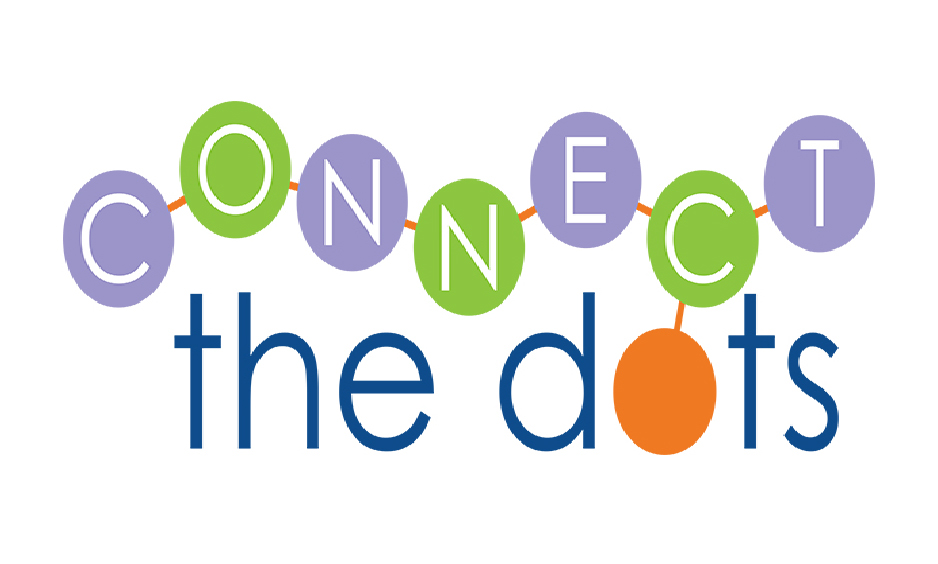
2023 A4LE Annual Southern Region Conference
April 3–6, 2023
Tulsa, OK
Attendees: Lisa Lamkin, Kathy Lee, Steve Johnson, and Anne Hildenbrand
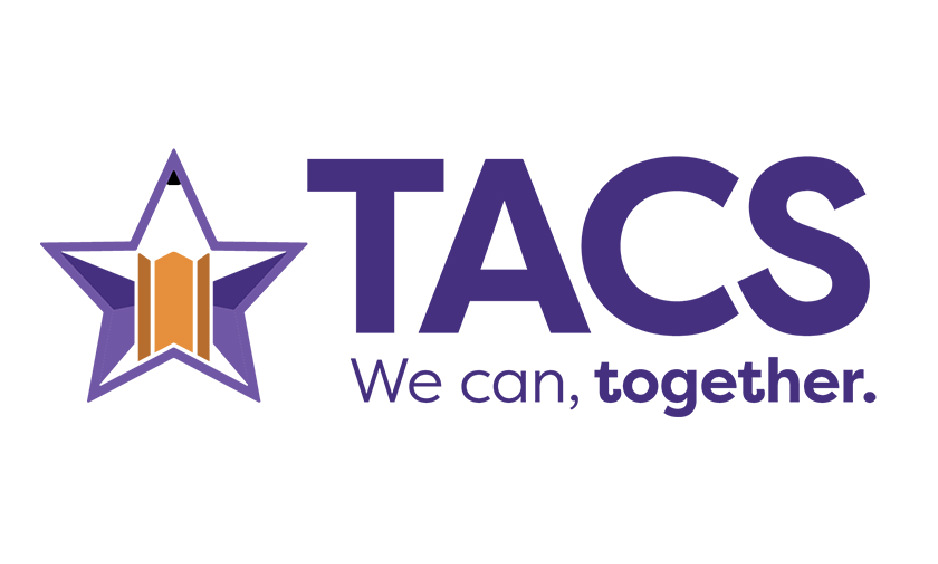
2023 TACS East Conference
April 5, 2023
Tyler, TX
Attendees: Rusty Crawford and Jeffrey Choyce

Dallas White Rock Lake Clean up
April 8, 2023
Join the BRW Dallas team in giving back! We will meet at 8007 E Northwest Hwy, Dallas, TX. As a group we will clean up the area around White Rock Lake from 10:00AM – 11:00AM.
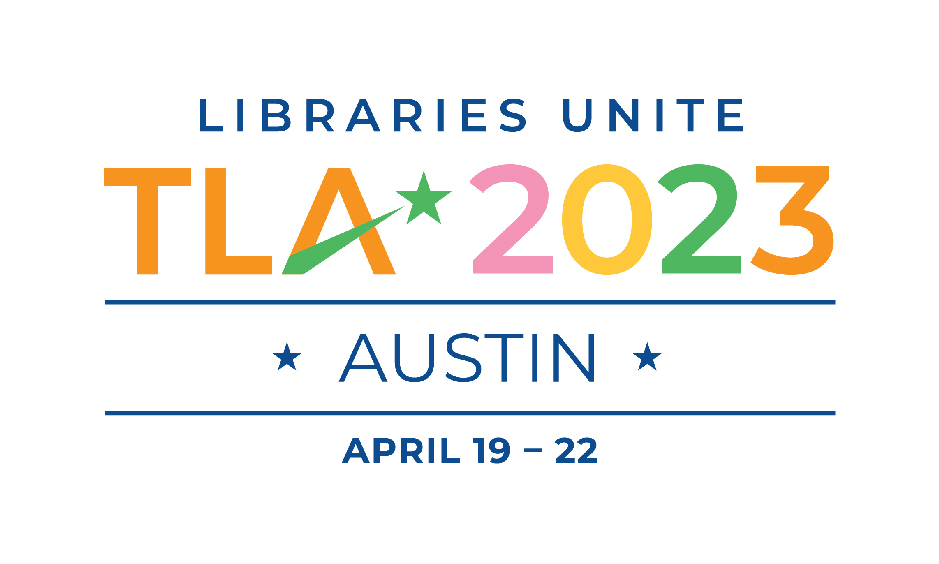
2023 Texas Library Association (TLA)
April 19–22, 2023
Austin, TX
Attendees: Matthew Duggan, Traci Anderson, Fred Clifford, and Stephen Hilt
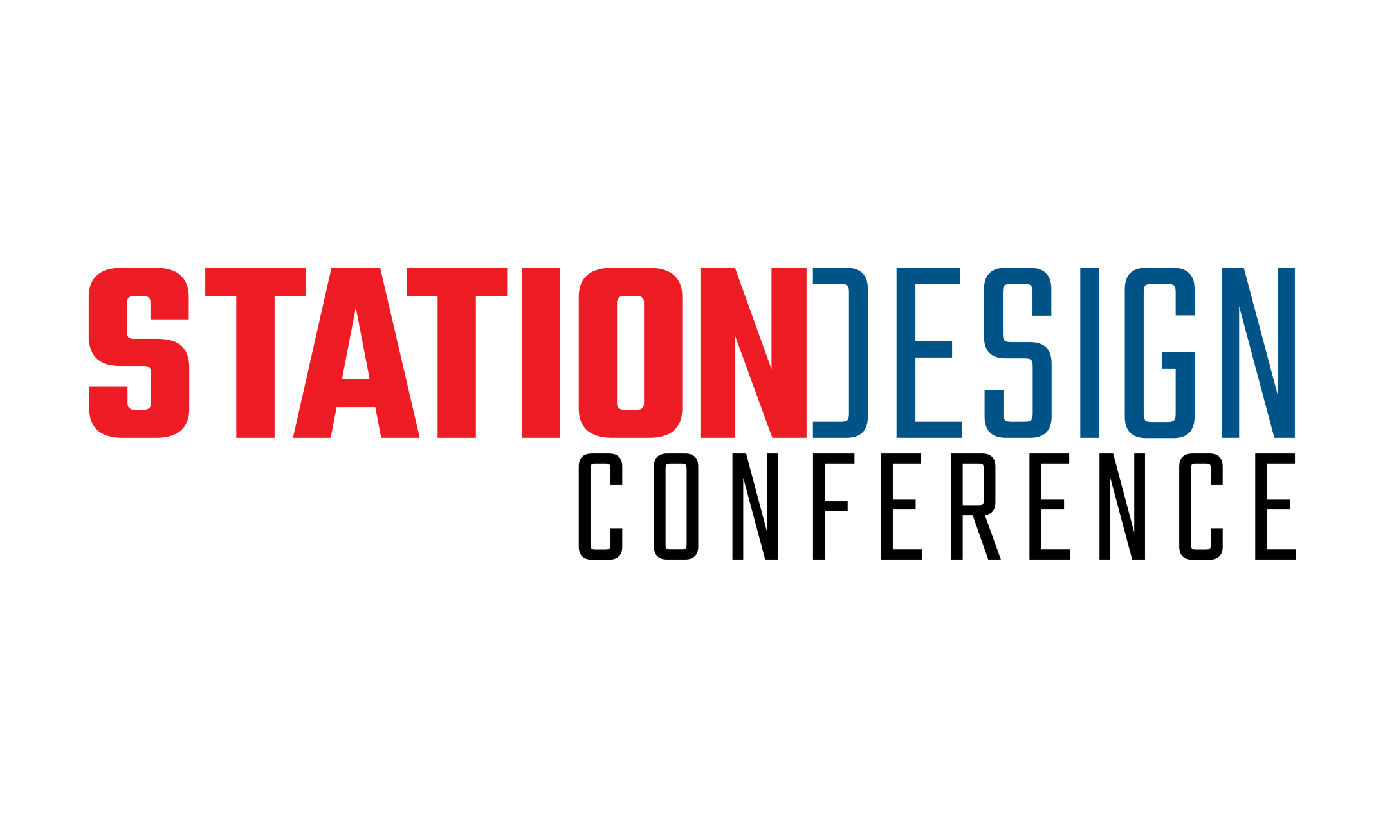
2023 Station Design Conference
May 23–25, 2023
St. Louis, MO
Attendees: Marcus Gibbon, Peri Sutton, Stephen Hilt, and Ray Holliday
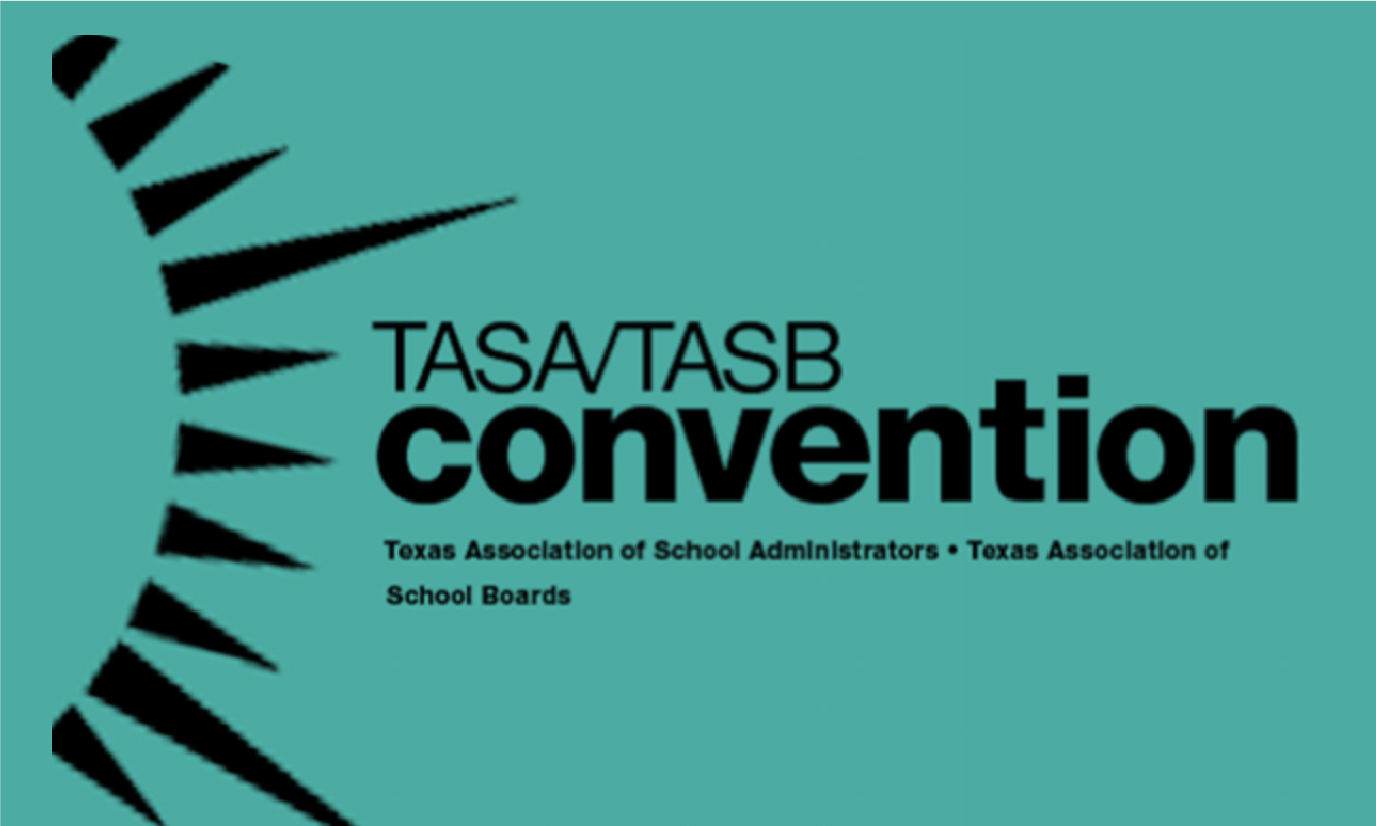
2023 TASA TASB Convention
Sept 29–Oct 1, 2023
Dallas, TX
Attendees: Rusty Crawford, Lisa Lamkin, and Jeffrey Choyce
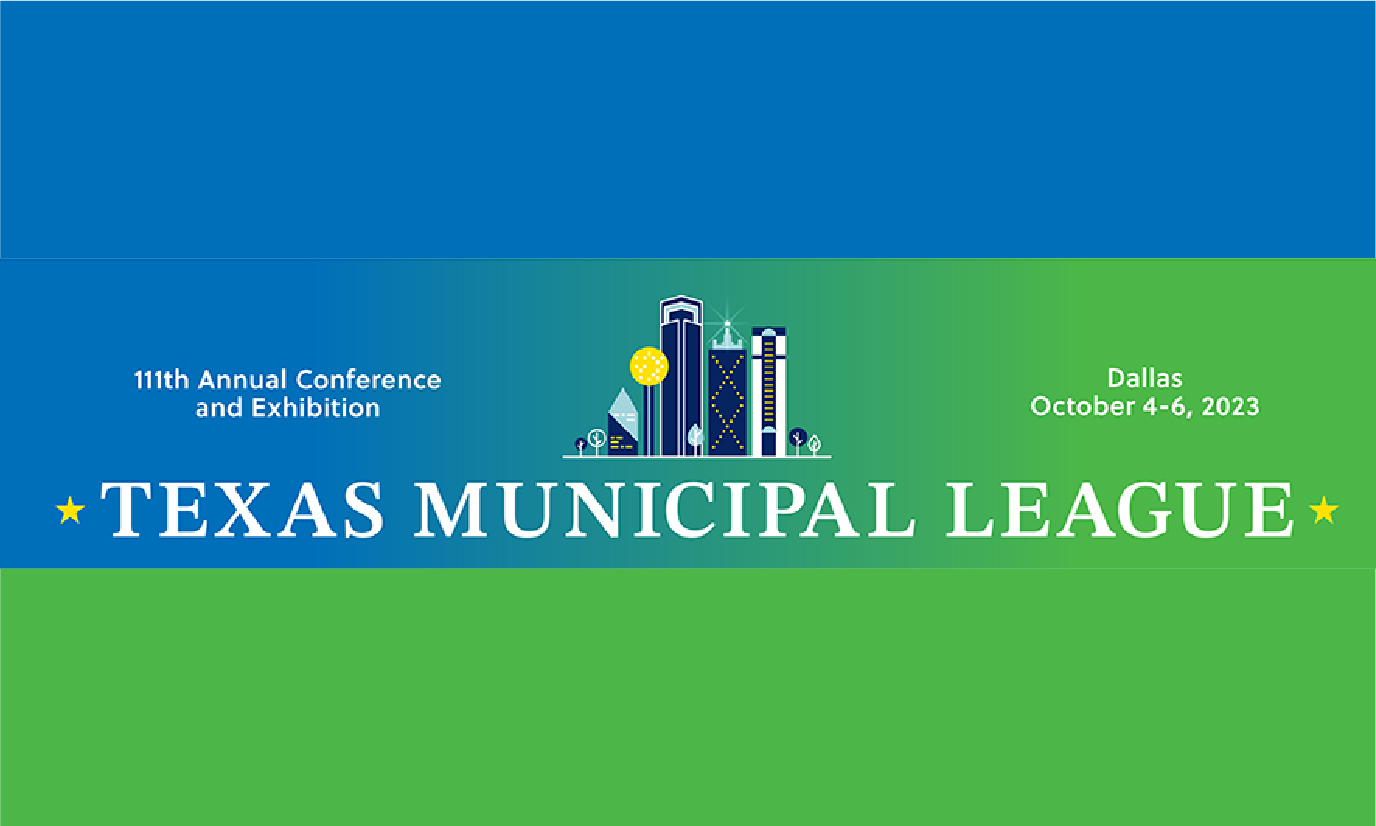
2023 Texas Municipal League (TML)
Oct. 4–6, 2023
Dallas, TX
Attendee: Fred Clifford